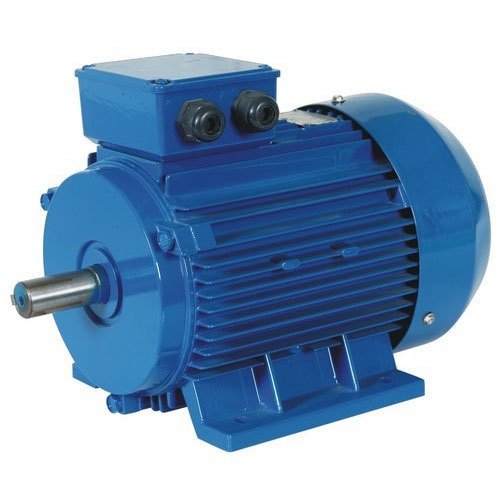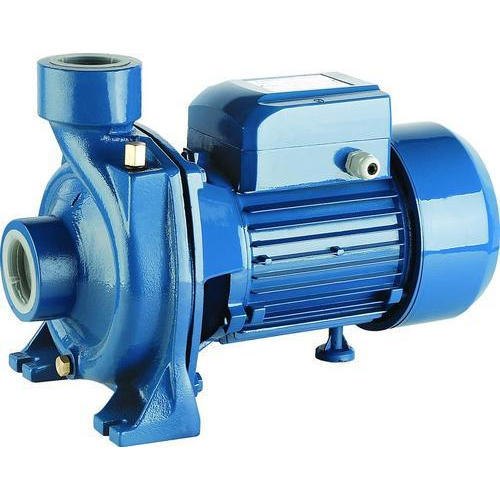As you may know, hydraulic motors are used to move things like cars, boats and other large objects. They work by using pressurized fluid to create a rotating motion. While this motion can be used in either direction, some people believe that it’s possible to run a reverse version of a hydraulic motor. So far, no one has been able to prove this theory, but if it turns out to be true, it could have major implications for the way we use these motors in the future!
For now, it’s still just a theory, so don’t get your hopes up too high. If it does turn out to be true, though, we could see some interesting new applications for these motors. Who knows – maybe one day we’ll be able to use them to power our cars in the opposite direction!
What is a hydraulic motor?
A hydraulic motor is an engine that uses the power of pressurized water or oil to generate rotational motion. In principle, a hydraulic motor can run in either direction- backwards or forwards. This unusual ability can be exploited in a number of ways, including in devices such as backup generators and water pumps.
Hydraulic motors typically contain two main components: an impeller and a pump. The impeller is a rotating component that uses the flow of pressurized water or oil to generate rotational motion. The pump is responsible for transferring the energy created by the impeller to the outside world.

How do hydraulic motors work?
Hydraulic motors work by using liquid or gas pressure to power a rotating shaft. When the motor is running, the fluid can flow either forwards or backwards; however, the direction of the fluid flow is determined by the direction of the rotation of the shaft.
The fluid flow inside the motor creates a rotating force that powers the shaft. This force is transmitted through the gearbox and output shaft to the vehicle or machinery it’s powering.
What are the benefits of using hydraulic motors?
One of the benefits of using hydraulic motors is that they can run backwards. This means that they can provide power when you need it and then stop when you don’t. This is a great feature for applications where you need to stop quickly, such as in a machine shop or factory.
Additionally, hydraulic motors are efficient. This means that they use less energy to produce the same amount of work as a traditional motor. This can be important in applications where you need to conserve energy, such as in a hospital or office building.
Finally, hydraulic motors are reliable. This means that they are typically able to run for a longer period of time than traditional motors without experiencing any problems. This is important in applications where you need the motor to keep running for a long time, such as in a mining operation or construction site.
Why does it run in only one direction?
A hydraulic motor is an electric motor that uses pressurized fluid to turn a shaft. When the fluid is turned off, the shaft can still rotate in the same direction because of the pressure. However, when the fluid is turned back on, the motor can start rotating in the opposite direction because of the pressure.
A rotating shaft creates a centrifugal force that tries to push the fluid away from the motor. This force is strongest when the shaft is turning in the same direction as the motor. Since the fluid can’t flow in the opposite direction, it forms a barrier that prevents the motor from starting up again.
This is why a hydraulic motor runs in only one direction – centrifugal force.
What makes a hydraulic motor run backwards?
A hydraulic motor is a type of electric motor that uses fluid pressure to power the movement of an object. When you turn on a water faucet, you’re using a hydraulic motor. You can also see them in cars, trucks, and other vehicles.
Most hydraulic motors run forwards, but there are some that can run backwards. The reason for this is that the fluid pressure in the system is always pointing towards the center of the motor. But if you rotate the motor so that the fluid pressure is pointing away from the center, the motor will start to work backwards.
There are a few ways to accomplish this. One way is to use a planetary gearset. This system uses gears to change the direction of rotation and makes it possible to run the motor in either direction. Another way is to use a reed switch. This system uses little metal plates that push against each other when they’re activated by fluid pressure. When you rotate the motor so that the fluid pressure is pointing away from the center, these plates push against each other and turn the motor in reverse.
Is it possible to use a hydraulic motor in reverse?
A hydraulic motor can be used in reverse, but it requires careful maintenance and regular inspection to make sure the system is functioning properly. When running a hydraulic motor in reverse, the force of the fluid moving backwards causes the shaft to spin, which in turn powers the machine forward. Because reversing a hydraulic motor can be dangerous and destructive, it is important to use caution and consult a qualified technician if you decide to try it out.

What would happen if a hydraulic motor ran backwards for too long?
The hydraulic motor can run backwards for a certain amount of time before it starts to break down. The hydraulic system uses pressure and oil to create movement, so if the pressure is too high or the oil is not flowing properly, the motor can start to back up. This can cause damage to the system and even cause the machine to stop working completely.
If something goes wrong and the hydraulic motor is running backwards, it is important to call a professional to help get the machine stopped and fixed.
If the machine is running backwards for an extended period of time, it may need to be taken off of the line and fixed.
Conclusion
It is possible for hydraulic motors to run backwards, but it is not recommended. Backwards running can cause the motor to overheat and fail, so it’s best to avoid this if possible.
Hydraulic motors are electric motors that use pressurized fluid to generate rotational motion. They are used in a number of different applications, including in cars, trucks, and other large objects.
While it is possible for a hydraulic motor to run in either direction, they are typically designed to run forwards. If you try to run one in reverse, it can be dangerous and destructive.
Can hydraulic motors run backwards,please click topkitparts see more
